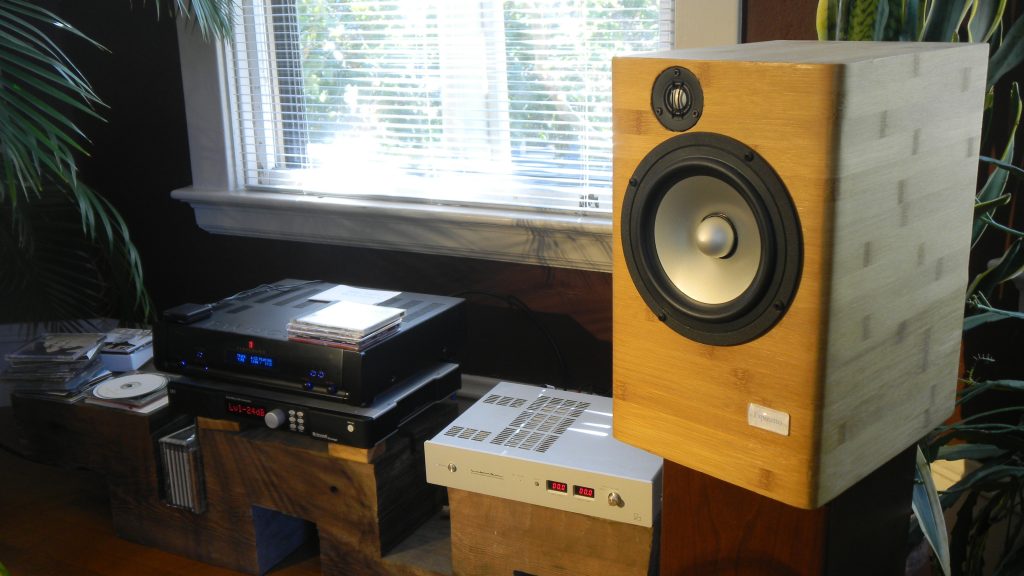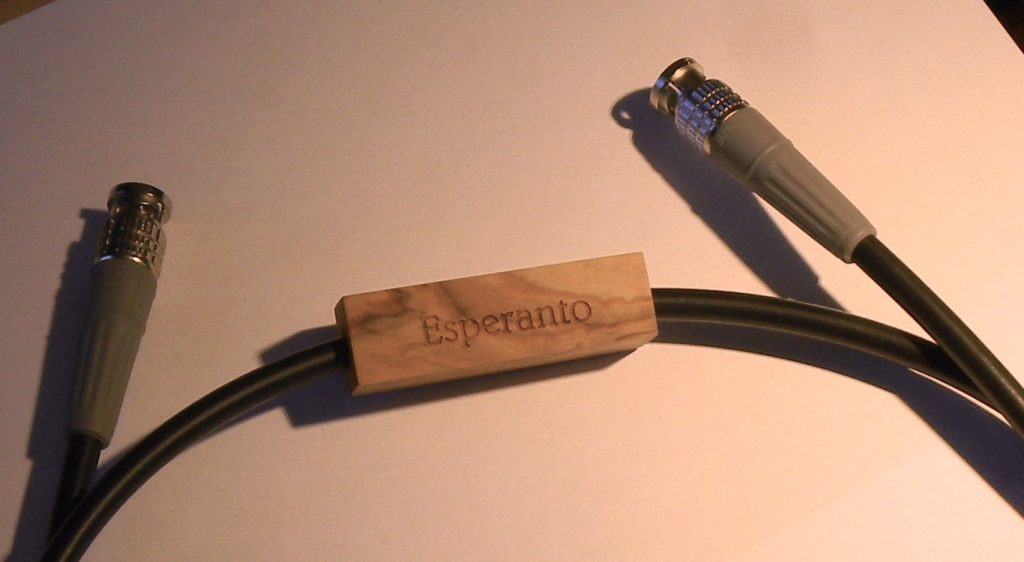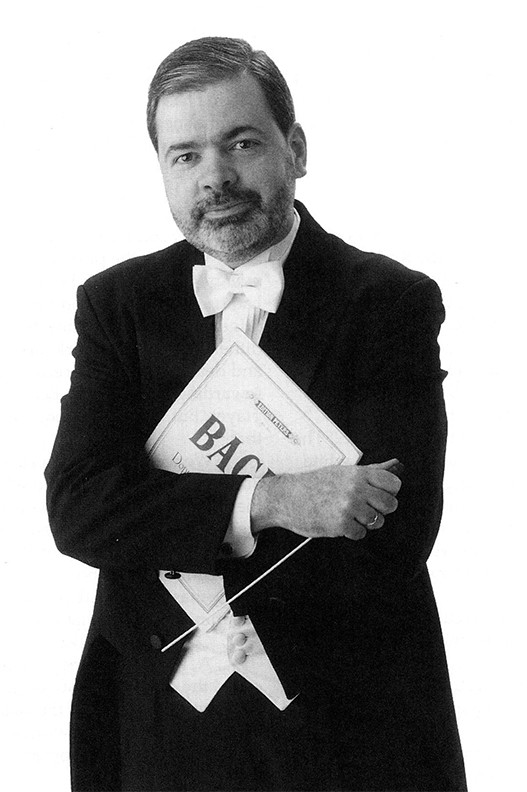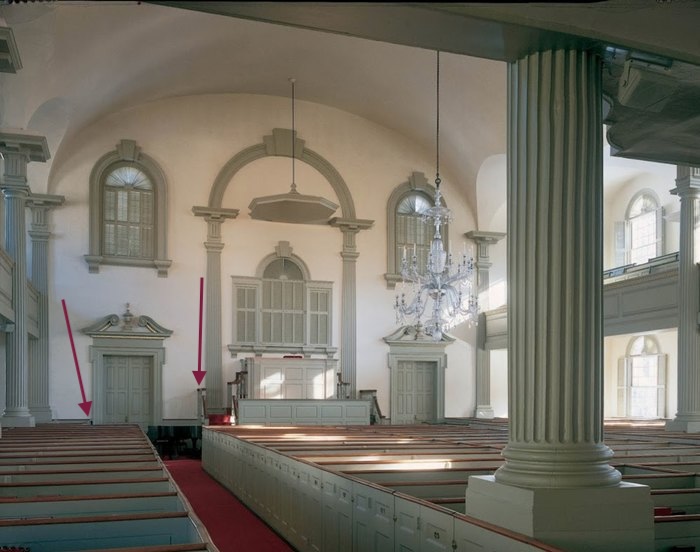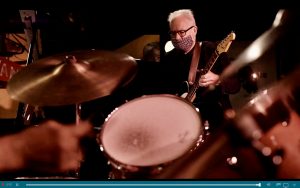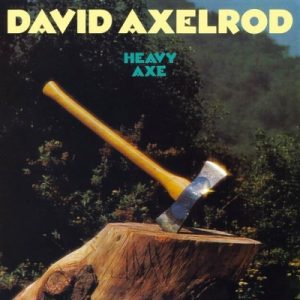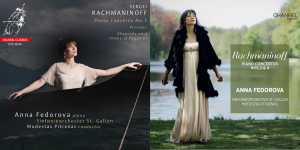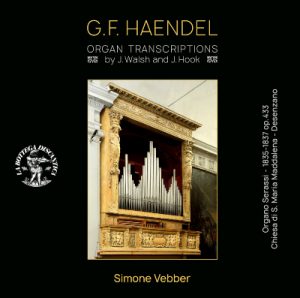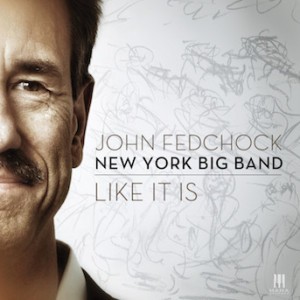Soundtrack: The great patron of classical music over the past century, nearly...or since the "talkies" arrived, anyway...has been the voracious maw of the film industry. Better than any capricious emperor, king, duke, or philanthropist, Hollywood et al. has been a grand footer-of-bills for many decades now. Some of the results have been schlock, but some of the compositions for film soundtracks rank among the very greatest of all orchestral music made.
In this installment of his ongoing musical commentary, republished from his jewel of a Web site, The Tannhauser Gate (http://www.thetannhausergate.com), John Marks shares with us another jewel: The soundtrack of the '80s movie, Somewhere in Time. You don't have to enjoy time travel movies or science fiction flicks to appreciate the wonderful feeling of this composition. Yearning has its fingerprints all over it....
Enjoy John's very fine exegesis of the variants through which a music idea traveled, before finally arriving at the silver screen.
I certainly did.
Dr. David W. Robinson, Ye Olde Editor
Film-score composer John Barry's father owned movie theaters in England. So, in a sense, Barry (1933-2011) grew up in the movie business. (The family name was "Prendergast;" Barry used his first and middle names as his professional name.) The movie business and the music business are similar, in that fickle public tastes can make or break projects and careers. Also similar in that the process of actually getting paid can be… quirky.
John Barry composed the scores for 11 James Bond films including Goldfinger, as well as for Body Heat, Born Free, Dances With Wolves, Out of Africa, The Lion in Winter, and Midnight Cowboy. Barry's film scores won him five Academy Awards and four Grammys. However, it is almost certain that Barry's most popular (and profitable for him) film score was for a film that was decidedly unsuccessful upon its original theatrical release, finding a larger audience only on cable tv, and then a bit later with the advent of home video on VHS cassettes.
That film is the 1980 time-travel romantic drama Somewhere in Time. The story of Barry's score's musical debts to Rachmaninoff and Paganini comes up below.
In addition to his exposure to music at home (Barry's mother played the piano) and in the family business, Barry was educated at St. Peter's School, York (which was founded in AD 627). He later studied composition with the organist of York Minster cathedral. So it is not surprising that for a romantic "weepie" of a film, Barry turned for inspiration to Rachmaninoff's ultra-Romantic Variation No. 18 from Rhapsody on a Theme of Paganini. Rachmaninoff's Paganini Variations were already in play, so to speak, when Barry belatedly came to the film. That's because in the movie, which had already wrapped, the protagonist is mildly obsessed with the piece.
The fact that the film had already wrapped (and therefore, there wasn't any money left to pay in advance for a film score) ultimately worked to Barry's advantage in a big way. Barry was intrigued by the story, and was friends with the romantic interest, actress Jane Seymour, as well. So, in view of all that, for the first time in his career, Barry agreed that in lieu of a fee, he would participate in the profits from the soundtrack album. Good call.
(The exact opposite happened to a chap I heard about many years ago, a New York City film editor who had been asked to edit some special effects for a science-fiction movie that had run over budget. The producers were offering (microscopic fractions of) points in the film. That guy took a major cut in his usual fee so he could be paid in cash; but, the movie turned out to be Star Wars. Oops.)
Nobody is going to confuse Somewhere in Time with Star Wars. However, even though Somewhere in Time opened to mixed critical reviews and did not do well (at all) at the box office, showings on cable TV sparked interest. Then, with the widespread marketplace acceptance of home video in the wake of the United States Supreme Court's so-called "Betamax" decision of 1984, Somewhere in Time took on a life of its own as a cult film. Somewhere in Time's cult status continues to this day, with Amazon rankings of #16 in "Movies & TV > DVD > Fantasy" and #55 in "Movies & TV > DVD > Romance."
To an even greater extent, John Barry's soundtrack's main theme took on a life of its own, as… wedding music. Which makes it an excellent case study for how the briefest kernel of a theme (only five notes) by one composer can inspire two later composers, both of whose works achieved major popular success.
Niccolò Paganini's first published composition (1820) was his set of 24 Caprices for solo violin. I believe it was Nathan Milstein who said that the three composers who contributed most to the development of violin technique were Bach, Paganini, and Fritz Kreisler. I agree with that statement. Kreisler could confect nostalgic melodies all day long and attribute them to composers of the past; but, his cadenzas for the Beethoven and Brahms violin concerti are unprecedentedly symphonic in their aspirations and in their demands. That said, no question, Paganini revolutionized violin playing and violin music as did no one else.
Paganini's set of 24 solo pieces culminates in No. 24 in A minor, which starts with a "telegraphic" theme, played here by the mononymous Midori. I think of this theme as "dot—dot : dum-dum-dum-dum : DA." It is the urgent "dot–dot" the energizes the phrase.
Paganini, Caprice No. 24 (beginning), Midori
I will now edit out the two dot-like As, in order to focus in on the five notes that Rachmaninoff used as the basis for his Variation No. 18:
Both to make it easier to hear, but also because Rachmaninoff's and Barry's refractions of it are at a slower pace, here I slow down the relevant part to half speed:
Rachmaninoff took those five notes and, firstly, inverted them, like so:
Inversion means that the music is flipped on its horizontal axis. So, Paganini's A becomes Rachmaninoff's E; C is on the axis (but becomes C-sharp to make it the same span from the previous note as the case with the original); Paganini's B becomes Rachmaninoff's D, and Paganini's E becomes Rachmaninoff's A. Rachmaninoff then lifted the theme into a higher register, and transposed it into the key of D-flat.
Now we hear the beginning of Rachmaninoff's own recording (with the Philadelphia Orchestra under Leopold Stokowski, December 24, 1934) of Variation No. 18 of Rhapsody on a Theme of Paganini (with the five-note germ in a red box):
Rachmaninoff, Rhapsody on a Theme of Paganini (op. 43), Sergei Rachmaninoff, pianist
John Barry's use of Rachmaninoff's material is not as, for lack of a better word, precisely geometric as was Rachmaninoff's use of Paganini's material. But, Barry's theme is obviously cut from the same bolt of cloth. In addition to Rachmaninoff's influence upon the overall feeling of Somewhere in Time's main title music, I think that Barry seized upon the second, third, and forth notes of the opening phrase of Rachmaninoff's Variation 18 and made them the opening gesture of his own theme, which is characterized by the same kind of yearning:
I think that the three notes in the red box are both an elegant near-mirror image of Barry's first three-note gesture, as well as a bit of a reply to Rachmaninoff's use of Paganini's germ. Here's the Royal Scottish National Orchestra under John Debney:
John Barry, Somewhere in Time main theme, Royal Scottish National Orchestra, John Debney
(from piano-solo entrance)
Ahhh, what a Guilty Pleasure!
The above excerpt is from the 1998 re-recording of the score on Varèse Sarabande CD VSD-5911, which can be had from Amazon for about ten dollars, which includes free access to an MP3 version (cloud-based, I assume) thrown in. Neither the first soundtrack recording nor (obviously) the re-recording is the same music as the actual soundtrack of the film. The "official" first recording was a re-recording of highlights chosen to fit onto two sides of a vinyl LP (it was, please remember, 1980). I think that the Varèse Sarabande recording has much better sound, and content that is more interesting. That said, I can forgive anyone who by the end of the CD feels that they have been hit over the head with a particularly yearning theme, many many many times.
Nonetheless, Paganini-to-Rachmaninoff-to-Barry is a fascinating case study in how composers go about their art and craft. And the Varèse Sarabande CD might be the perfect background music for Campari Time and chitchat.
Notes on Recordings: Midori's recording of Paganini's 24 Caprices (which is very cleanly played; but the sound is a bit over-reverberant for my taste) appears to be out of print. It's CD CBS MK 44944, and available from sellers on eBay, or from a third-party seller on Amazon.
The 2-CD set Rachmaninoff Plays Rachmaninoff: The 4 Piano Concertos, is still in print—it counts the Rhapsody as a piano concerto, which I guess is OK. The sound is obviously dated, but the interpretations have to be benchmarks; how could they not be? From Amazon.
A particularly fine, modern-sound interpretation is from Vladimir Ashkenazy with the Philharmonia Orchestra conducted by Bernard Haitink. Ashkenazy is, as far as I know, the only pianist to record all of Rachmaninoff's piano works. The single-CD version is out of print, but it is Decca CD 417 613-2 and it is available from sellers on eBay. Or, you could binge, and buy the 11-CD boxed set of all of Ashkenazy playing all of Rachmaninoff, about $38 from Amazon as well.




